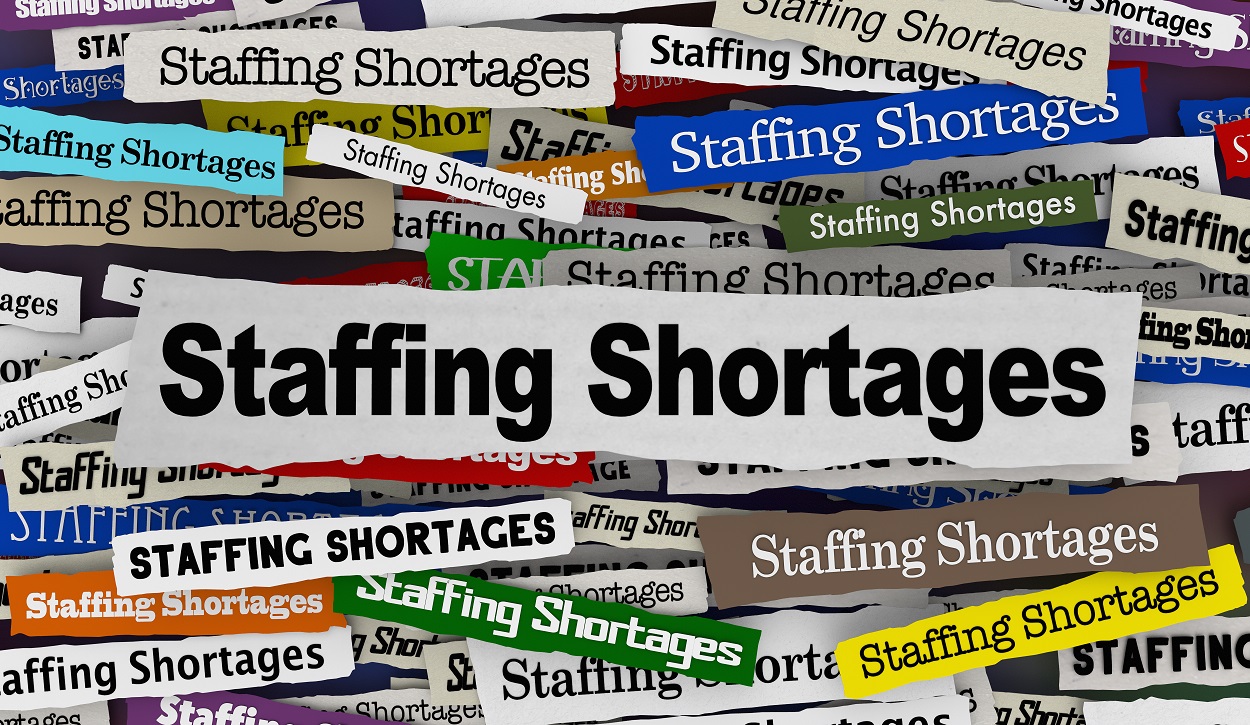Demand for outsourced call centers is becoming increasingly relevant. In 2020, brands, organizations, and government agencies quickly learned that they were ill-equipped to manage the dramatic impact of COVID-19 on their call centers. During the height of the pandemic, frustrated and highly emotional customers experienced average hold times that suddenly inflated from minutes to hours in some sectors.
Today, many companies are still struggling with performance and supply chain issues, staffing shortages, and how to adapt their staffing models for a constantly shifting business landscape. Brands are dealing with fierce competition from their competitors, vying for market share and positive reviews from customers. Most organizations are faced with the challenge of balancing between product or service core competencies and the rigors of managing internal call centers and staff.
Taking all this and more into consideration, there are many reasons why demand for outsourced call center vendors is on the rise, including:
- Staffing challenges and intense labor market competition
- Rising costs related to insourcing
- De-risking, business continuity, and diversification
- Companies are focusing on product/service core competencies
- Speed to market, ease of migration to vendor services
- Vendor competencies and skill sets
- Vendor flexibility, scalability, and domain expertise
- Favorable outsourcing contract terms
- Subsidies and rebates to ease onboarding and training costs
- Accessibility to more expansive recruiting capabilities
- Multi-site geo diversity and access to broader labor markets
Unprecedented Surge in Demand for Outsourcing
The rise in outsourcing demand since Q4 2020 is unlike anything we have seen since we launched CustomerServ 15 years ago. Consider this:
- The global business process outsourcing market size was valued at $232.32 billion in 2020 and is expected to register a compound annual growth rate (CAGR) of 8.5% from 2021 to 2028, according to market analysis by Grand View Research. The report attributes business process outsourcing (BPO) growth to an increased focus on improving business agility amid constantly changing dynamics, improving efficiency while decreasing operating costs, and emphasizing core competencies.
- While larger companies are 66% more likely to outsource than smaller companies, 80% of smaller enterprises plan to outsource in 2021, (Clutch 2021 Small Business Survey).
Outsourcing demand is emanating from organizations of all sizes and levels of sophistication - from savvy and well-established client-side buyers to brands looking to hire call center vendors for the first time. From enterprise level and large buyers to mid-level and boutique buyers, the most common areas of focus for decision makers include:
- Replacing underperforming vendors
- Adding new vendors to support growth and expansion
- Migrating from internal call centers to outsourced vendors
- A successful roadmap with the right balance between in-house and outsourced
- Expand onshore U.S. call center capacity, "re-shore" work back from global suppliers
- Diversifying to nearshore markets for geographic proximity and better English skills
- Alleviating stakeholder concern about outsourcing - nearshore/offshore in particular
- Defining the right staffing models between work-at-home and in-center
- Hiring the right people for internal vendor management and other leadership roles
- Diversity and inclusion practices
- Identifying the best technology and collaboration tools
Call center work is not the only outsourcing discipline in high demand. B2B research firm Clutch reported the most common outsourcing tasks include IT services, finances and accounting, legal work, digital marketing, and human resources. Areas like content moderation, knowledge process outsourcing, and cyber security are also seeing a high uptick.
Onshore, Nearshore, Offshore – Which Markets are Growing or Shrinking?
In 2021 year-to-date, over 37% of new outsourcing contracts that CustomerServ was involved in have required an onshore U.S. call center presence. Almost 43% of contracts required a nearshore presence and 20% required offshore – specifically emerging offshore markets.
U.S. Market
The U.S. call center market is a mixed bag. Interestingly, many BPOs have reported to us that they are looking to downsize their U.S. call center footprint due to margin pressures and staffing challenges. Meanwhile, other BPOs are growing their North American footprint and winning new client contracts. As some BPOs exit the U.S. market to focus on nearshore and offshore, others are increasing onshore capacity for new and existing clients.
A significant number of companies will not permit any call center work to be handled outside of the U.S., regardless of the cost savings and other advantages. And, with the shift to work-at-home, there is plenty of inexpensive real estate available in the U.S. for new call center sites and expansion. Therefore, the demand for U.S.-based call center services is still potent even with labor market challenges and competition from lower cost global regions.
Nearshore
The nearshore market is experiencing a tremendous uptick in demand, due to U.S. labor market challenges, offshore fatigue, competitive rates, superior English comprehension, geographic proximity to the U.S., and less saturated labor markets. Nearshore was already on a significant upswing pre-COVID and the region continues to thrive as a destination both for BPO vendors and captive/in-house call center operations. The number of expatriates choosing to work in nearshore call centers is increasing, which only adds to the attractiveness of the region.
Offshore
Traditional offshore markets like the Philippines remain the largest de-facto outsourcing destination for scalable English. However, over the past few years, we are seeing a decline in demand for Philippines outsourcing for several reasons, including intense competition, market saturation, staffing challenges, and more recently, COVID-19 related issues.
Emerging markets, like South Africa, Kenya, Egypt, and some regions of Eastern Europe are chipping away at global offshore market share as U.S. brands become more comfortable with them. In addition, outsourcing contracts from Europe, Africa, and Asia for English and multi-lingual support is fueling the growth of these newer offshore markets.
The pricing delta between mature and newer offshore markets is rapidly closing, enabling new entrants to grab market share right now and in the years to come. Emerging destinations offer relatively unsaturated and untapped labor resources and well-educated and talented customer service professionals combined with maturing BPO industries.
A Sustainable Staffing Strategy
Outsourcing provides brands with the resiliency to adapt to changing circumstances, including unplanned events and the ability to instantly tap into the skills and technology needed for quicker recovery and long-term growth.
Even before the pandemic, many companies were beginning to view outsourcing as a welcome relief to staffing challenges and service delivery, rather than an “in-house job killer.” Outsourcing, when done right and with the right vendor(s), offers companies the ability to expand talent pools and access specialized skills while freeing internal resources to focus on the business’ core competencies.
Organizations that previously committed to keeping call center operations in-house are now migrating some or all call center operations to third-party vendors. Decision makers are embracing outsourcing as they continue to face challenges keeping up with internal staffing, rising costs, rapidly changing technology, and other industry best practices. Organizations would rather outsource to the right BPO experts versus build and manage expensive on-premise or home-based internal call center operations.
Still, outsourcing is not for every organization and not everything is “outsource-able.” Often, companies are simply not ready, they don’t have the budget, stakeholder buy-in, internal resources to support vendors, or realistic cost expectations to ensure a successful outsourcing partnership.
A Relevant Model for a Changing Business Landscape
We expect the rise in outsourcing demand to continue. For the first time in years, we are seeing the demand for outsourcing outpacing the need for internal (owned and operated) call center operations. In addition to scrutinizing call center operations, organizations are also looking to improve the customer experience with investments in other key areas such as people, technology, training, customer relationship management, artificial intelligence (AI), and digital customer service solutions.
Outsourcing’s growth is a testament to the maturity of the BPO industry. Elite vendors have made significant progress over the years by expanding their level of expertise, innovation, business practices, social responsibility, culture, value-added tools, and significantly improving the ease of doing business with an outsourcer. The best BPOs have made outsourcing a seamless process for their clients.
To learn more about industry trends, the vendor landscape, or how to jumpstart or improve your outsourcing initiatives with the right vendor partners, contact the outsourcing experts at CustomerServ.







